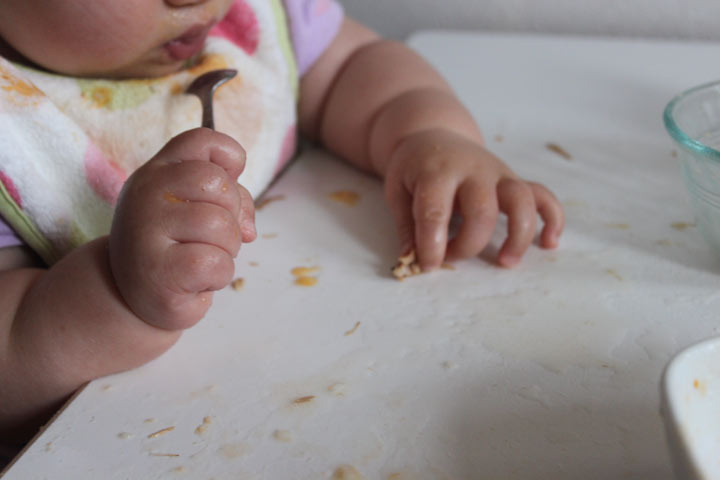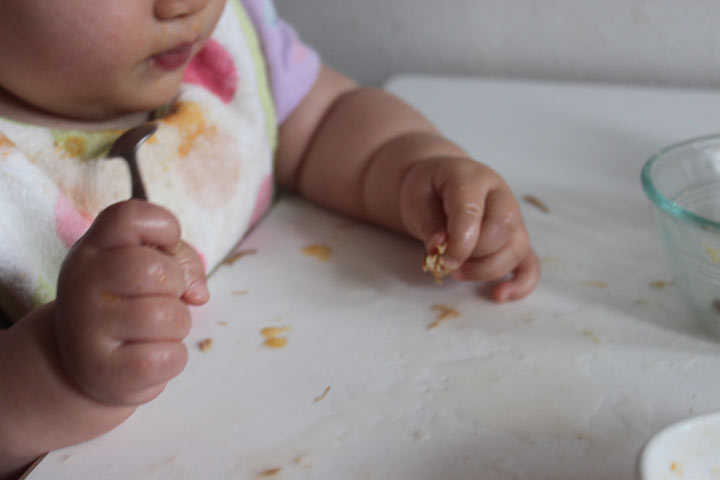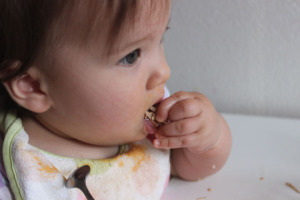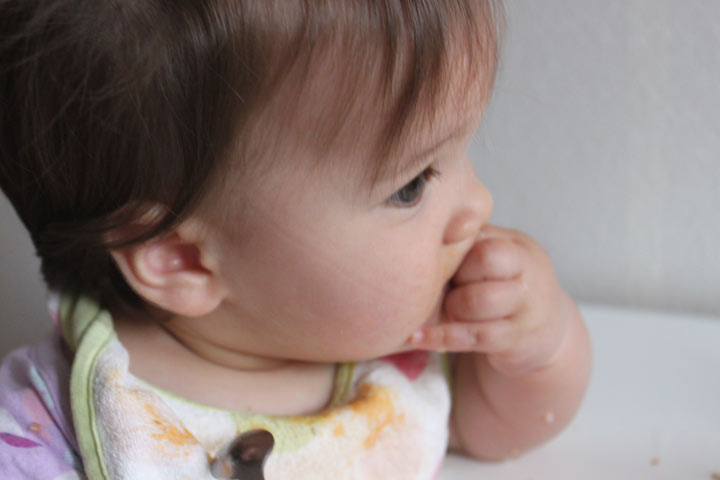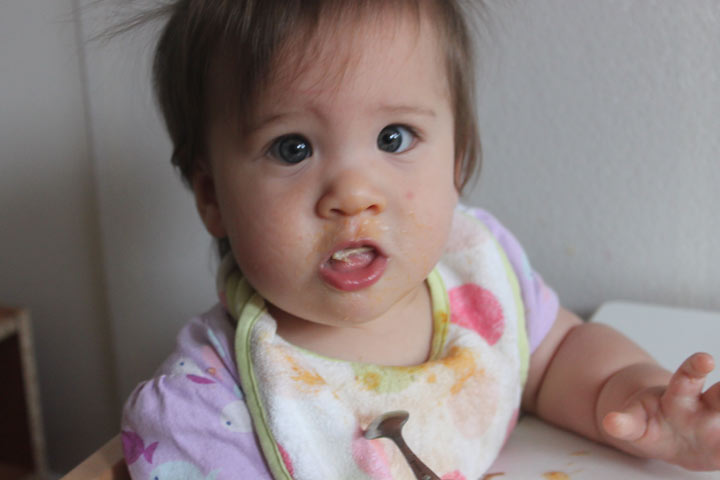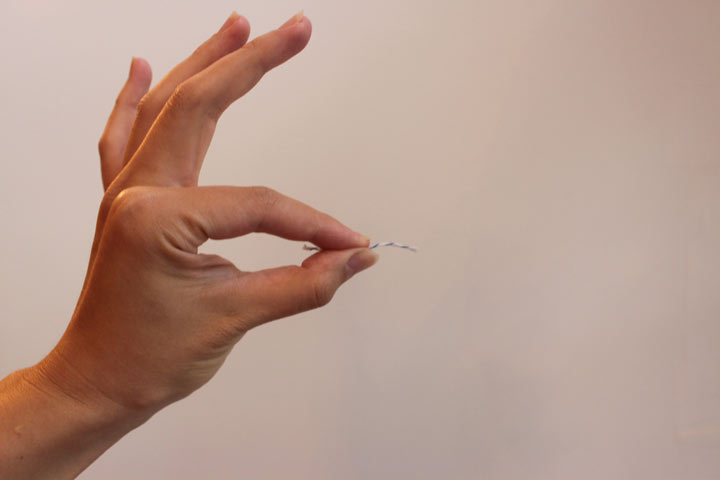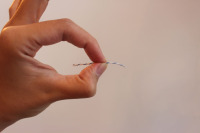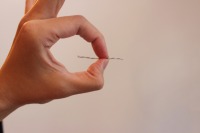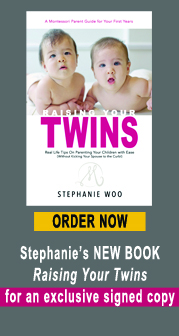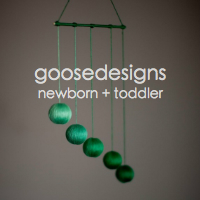From Helen, mother of twins: I am really intrigued with the floor bed idea, but how would you keep your babies on it once they start moving and walking and would not want to go to bed or stay there as long as they should? do you close bedroom door? I know with my son, he never wanted to go to bed, but once we put him in his crib he had no choice but to fall asleep….
A: I noticed you used the words “as they should.” Whenever the word “should” is involved, there is a lack of freedom. Notice how you feel when you feel you “should” do something: “I should lose weight” “I should make more money” “I should be a better person.” “Should” comes with an invisible pressure and doesn’t allow someone to choose freely.
When and if you decide to go with a floor bed, the idea is to give your child the freedom to choose when he sleeps and when he wakes. With my girls, who are crawling around, we close the door at bedtime and let them play till they are tired and fall asleep. Encourage your child to sleep because he is tired, not because he is confined and bored.
A baby has an internal rhythm, he knows within himself when he is tired. A floor bed respects this internal rhythm, whereas a crib imposes a rhythm on him – one that is set by mom and dad.
In the long run, children who sleep in floor beds sleep longer and better because their natural sleep-wake rhythm is respected. When B and M were 6-7 months old, we put them to bed at 7pm. Mackenzie was almost never tired at that time, whereas Brooke would fall asleep often on the dot. I would close the door and Mackenzie would crawl around, play with her toys, talk to herself, crawl into the closet, sometimes she would even crawl into Brooke’s bed. All this time, I am in another room cooking or writing, and lo and behold, 15-40 minutes later, I would hear her little cry. I would walk into their room, pick her up, put her on her bed and she would be asleep in no time. No struggle at all. We’ve since changed their bedtime to 8pm, and both of them almost always falls asleep as they are finishing their bottles. And if they don’t, then we do the same thing (see pictures below, taken the day after this post was written)
Another thing to consider is this: when a child is tired and you put him in the crib, he cries because he’s tired and he doesn’t want to be confined in the crib. It’s very common for those children to fall asleep only when they absolutely cannot hold on anymore. Whereas children who sleep on floor beds will cry because they are tired, but once you put them in bed, they sleep. Without that additional layer of complexity and struggle in their cry, it makes sleep easier for babies and LIFE better for moms and dads.
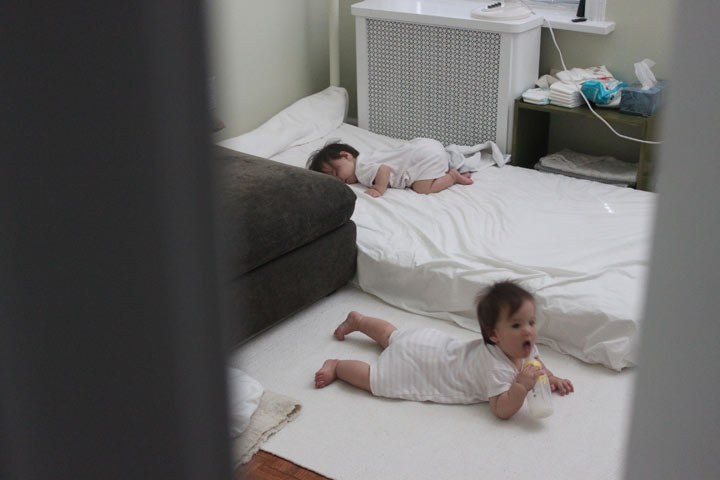
12:25pm Naptime. Mackenzie is already asleep, while Brooke is still playing
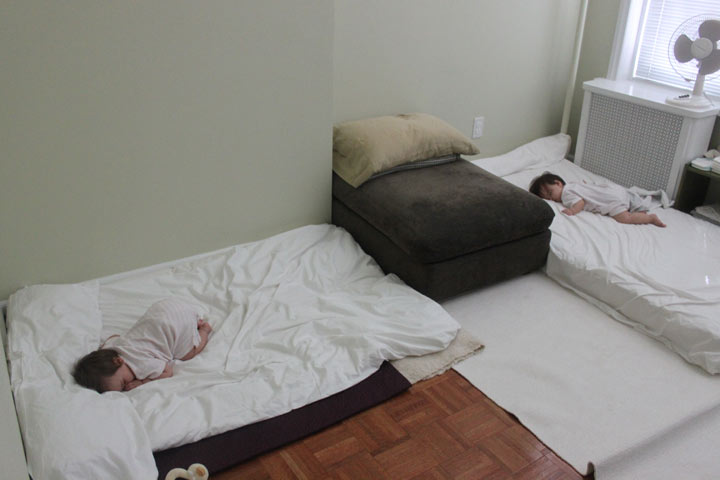
1:03pm I heard Brooke cry to be put in bed. I picked her up, fed her a little water and put her in bed. Fell asleep within minutes.






